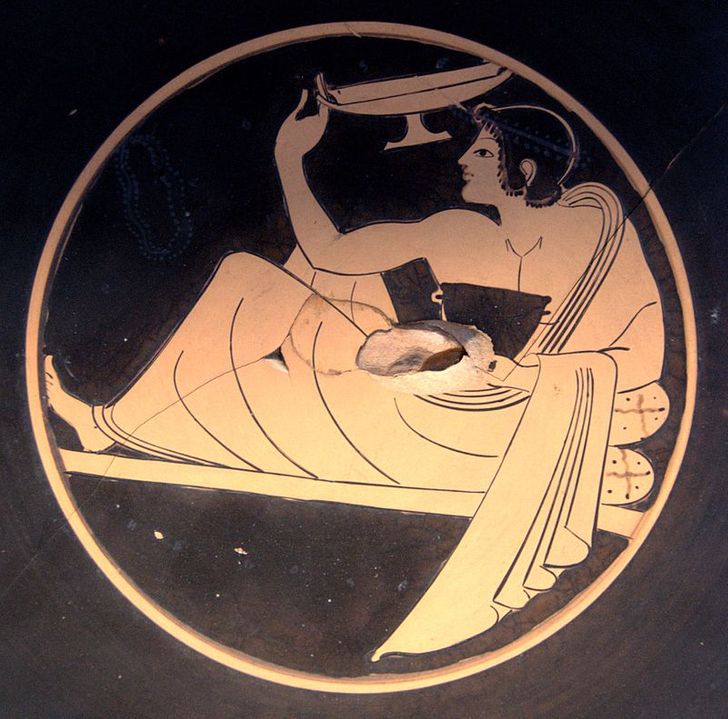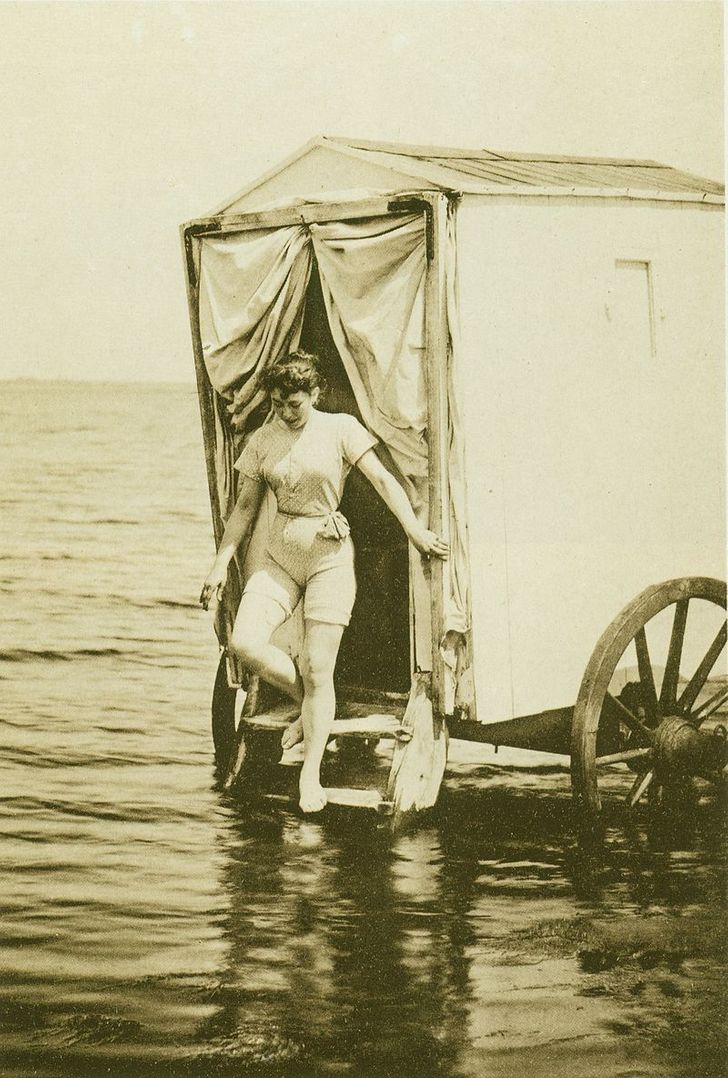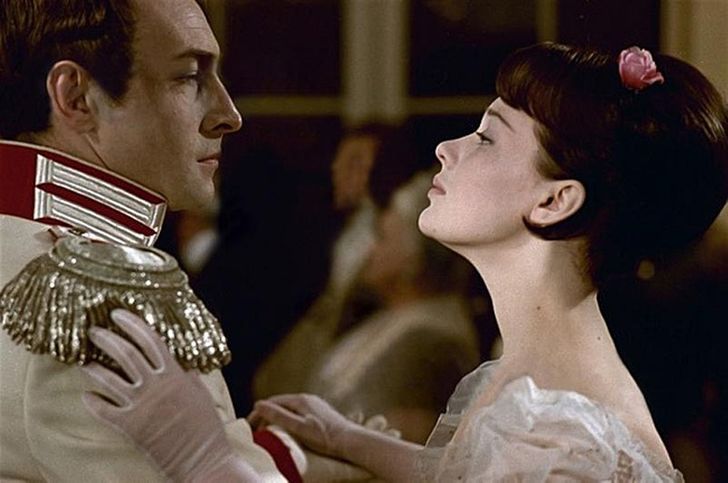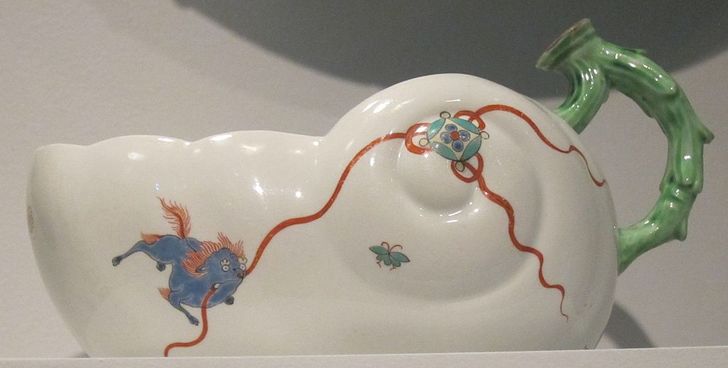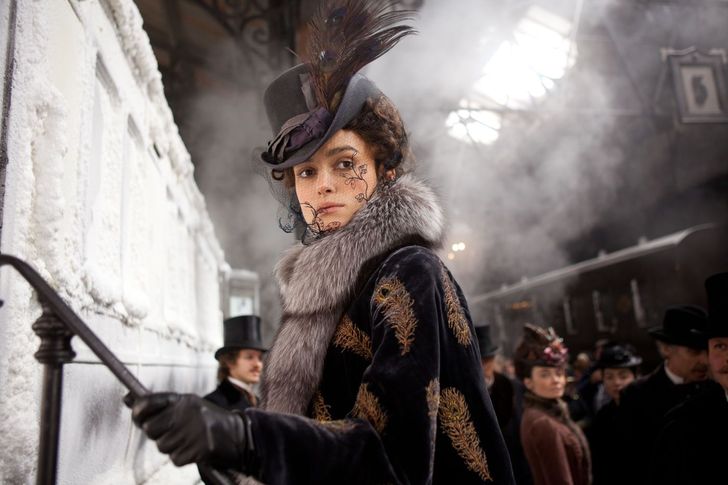I think the Victorian Era rules are the craziest
20+ Etiquette Rules From the Past That Raise Only One Question, “Why?”
The rules of etiquette are becoming more liberal and now, it’s already difficult for us to imagine that once, it was impossible for a woman to speak on the street, even with her girlfriend. And offering a lady a chicken leg was equal to deliberately insulting her.
We at Bright Side believe that beautiful manners only serve to elevate the person who exhibits them, but sometimes, the etiquette rules leave us confused. Just like these ones.
Antiquity
-
It was common among the Ancient Greeks to control their own gaze — it had to be firm and directed forward. According to their ideas, only crazy or desperate people would roll their eyes, while traitors squinted.
-
In Ancient Greece, and later in Rome, it was common to feast while lying on one’s side. These gatherings were called symposiums, and respectable citizens were obliged to participate in them because feasts were closely associated with the idea of the political unity of fellow citizens.
-
It was considered polite to know how to play kottabos well. Kottabos is a competition to test accuracy, where participants of a symposium would throw the last bit of liquid from their glasses, trying to get it into a metal bowl. The drink had to fly along the steepest trajectory, not spill past the target, and when hitting it, make a distinct sound.
-
Unlike the Greeks, who threw wine, the Romans threw the dice. The person who had the best score became the manager of the feast, more specifically, they would come up with tasks for the guests to do to entertain the audience.
The Middle Ages
-
According to one version of history, the tradition of bringing glasses together and clinking them came from the Middle Ages — by hitting a drinking cup with another drinking cup, people could expel demons, which, according to legend, got inside a person through the mouth. For the same reasons, it was necessary to cover the mouth while yawning.
-
In Persia, men who belonged to the same class greeted each other with a kiss on the lips. And those who were one step lower on the social ladder were kissed on the cheek.
-
In the twelfth century, cutlery began to appear. Forks were discouraged because they were considered a tool of Satan. And all in all, what else would a person need fingers for?
-
In medieval France, people wiped their hands with the tablecloth and drank soup straight from the bowl.
-
In the Middle Ages, it became a tradition to wash your hands before eating. Everything else would be fine, but it was all literally about washing before eating — people rinsed their hands right at the table with water brought to them by servants. At the same time, fingers were wiped directly on the clothes after a person blew their nose.
The Victorian Era
In the Victorian era, swimming outfits were very modest, but it was considered inappropriate to be seen in one by the opposite sex, so special changing machines had to be made. A fully clothed person entered a wagon like this on the shore, changed clothes, and then the car was lowered into the water and turned around so that no one could see the swimmer. In addition to this, men and women often swam in separate areas.
-
An unmarried girl wasn’t allowed to go out on the street alone. It was also impossible for her to stop to exchange a few words with a girlfriend she randomly passed. It was forbidden for her to even turn her head back to look at her friend.
-
Books by authors of different genders were usually placed on different shelves. An exception was made if the authors were married.
-
During pregnancy, a woman wasn’t supposed to appear in public. Thanks to the Victorian era, the expression, “In an interesting state,” appeared.
Imperial Russia
-
In Russia, Peter I began to pay special attention to etiquette. By his decree, some of the unspoken rules of conduct were written down in a separate book. There was, for example, a ban on wearing boots with pointed toes at a wedding, because they could ruin women’s dresses.
-
In the 18th century, it was completely normal for people to relieve themselves in public. Men just turned away to the corner, and women wore fluffy dresses, so no one would notice anything. For example, Catherine II received ambassadors sitting on a portable chest. Because of the wide skirts, doing this wasn’t visible. In the same vein, ladies at balls used a special device — a bourdaloue. There were no public toilets in St. Petersburg until the end of the 19th century.
-
How to Behave in Society was published in 1889. In it, it wasn’t recommended “to put out a candle in front of the noses of people present.”
-
It also said that “wearing red and green or pink and yellow at the same time meant violating all the principles of good taste.”
- Young women were told to go to bed around 1 a.m., and before that, they were supposed to read through a French novel. Falling asleep, they weren’t supposed to think about anything sad, unpleasant, or difficult, especially about anything related to murderers, beggars, mice, spiders, ghosts, orphans, terrible diseases, or fires.
Do you think that strict rules of etiquette are needed in modern society?
Comments
Honestly, this Roman dice tradition can be implemented today for nice parties with your friends :D
Related Reads
I Threw My Stepmom Out of My Dad’s House — It’s Not a Free Hotel

My Future MIL Publicly Shamed Me — I Made Her Regret It

I Was Shamed for Being a Mom at Work—So I Planned My Revenge

13 Childhood Memories That Turned Into Lifelong Scars

I Canceled My Husband’s Birthday Party After Hearing What He Secretly Told My Daughter

I Suspected My Stepdaughter Was Stealing From Me, So I Set Up Hidden Cameras

I Have to Tolerate My In-Laws’ Entitled Behavior Because They Helped Us With Money

I Invited My Son’s Ex-Wife to Thanksgiving Dinner — It Ended Tragically

My MIL Called Me a Gold Digger—But My Revenge Was Served Cold

10 Minor Incidents That Spiraled Into Serious Workplace Drama

10 People Share Unexplained Events That Keep Creeping Them Out

15 Examples of Savvy That We Should Take Note of and Share With Friends

